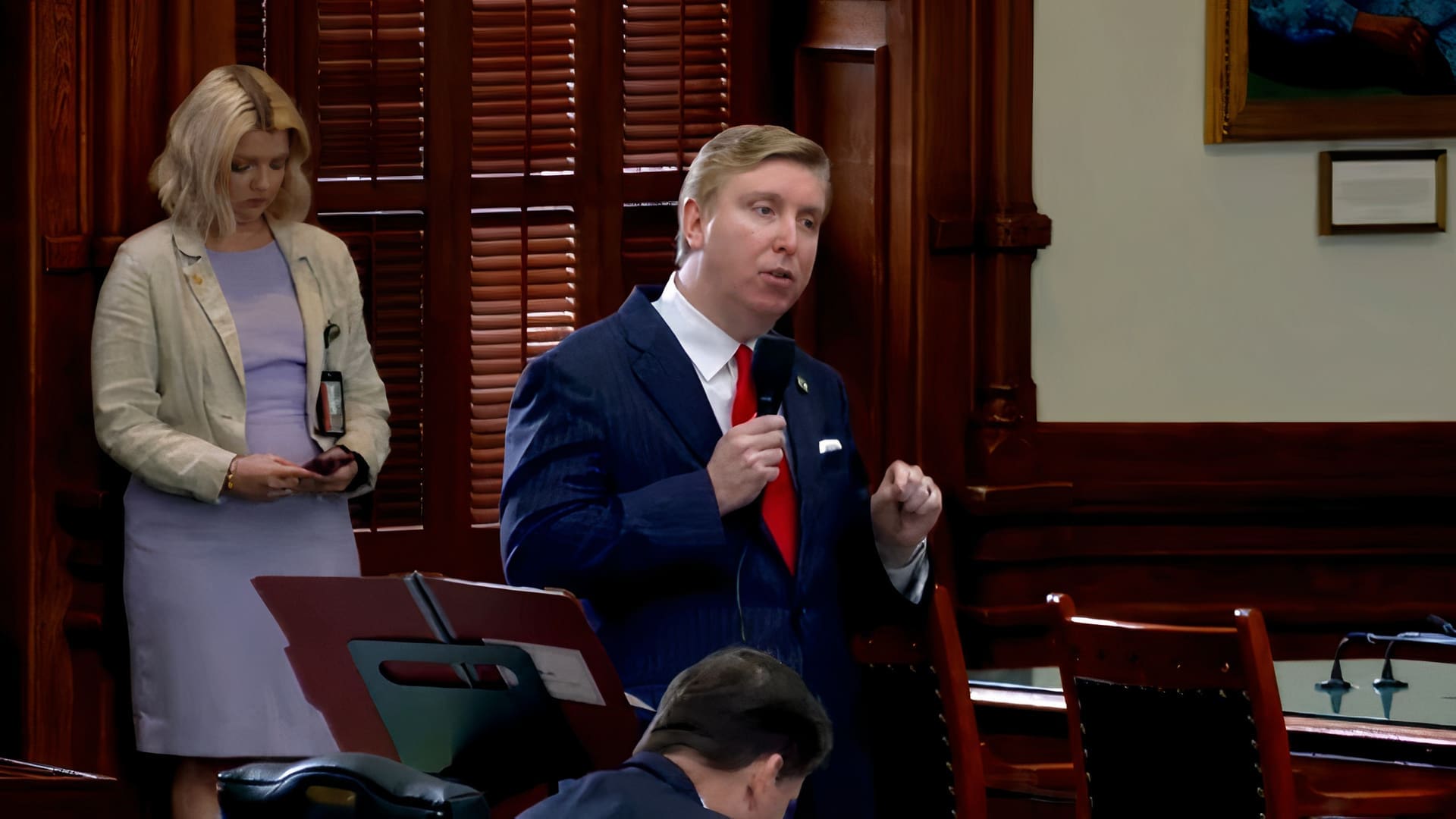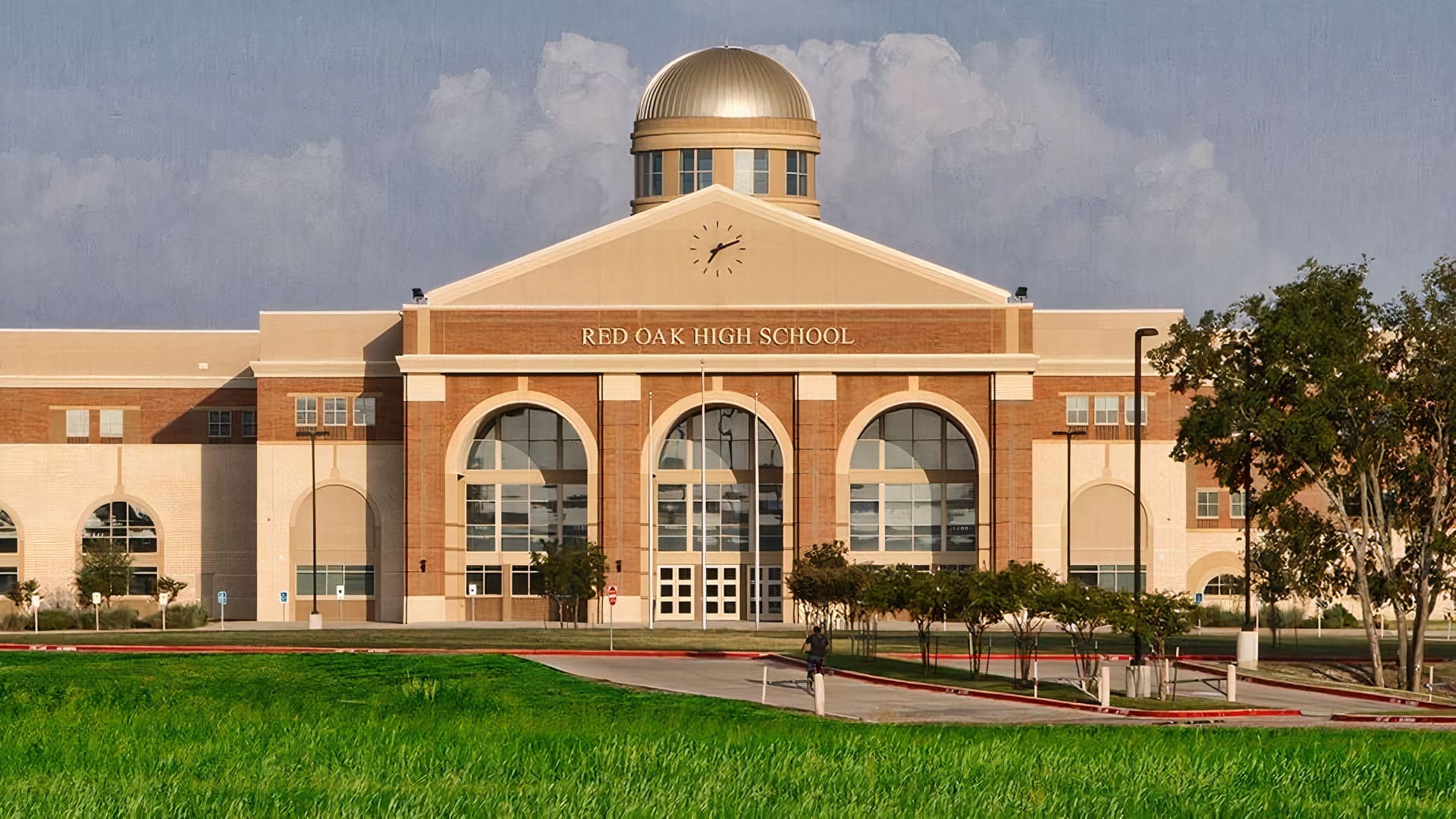Education in America has a rich English heritage that spans over three and a half centuries, from the first to the second Elizabeth. Initially influenced by educational practices in England and Europe, it gradually developed its own distinct characteristics to suit its new environment and people.
As the 13 colonies came together to form a new nation, American education also gained independence.
In the early days, education was primarily provided by families and churches. However, a shift occurred over a century ago in America, and even earlier in Europe, which led to the majority of schools being placed under the supervision of local, state, and federal governments.
This threefold division and control of education is not unique to the United States. While private and religious schools still exist, they represent only a fraction of the overall number of educational institutions.
The history of education is not only a part of national history, but also a reflection of the history of mankind, culture, and civilization.
The arts, sciences, and knowledge taught in schools are what distinguishes civilized life from barbarism. They are the shared treasures of mankind, transcending national boundaries.
In today’s world, civilization and nationalism do not play significant roles in education. This decline in our uniquely “American” education system can be felt and seen throughout our community.
Educational solutions that do better in educating the future leaders of Midland—and Texas—must be the focus. The conflicts and challenges must be addressed for solutions that work for students to prevail.
In the event that a sufficient free public education, ensured by effective governance, is not available, a significant number of students will be excluded from the promise of the American dream. They will also lack the ability to understand and appreciate their rights and privileges, which are guaranteed by our founding principles and documents.
Education plays a vital role in the American system of government as it imparts on the students the necessary knowledge and skills to lead fulfilling and confident lives in our nation. Therefore, it is imperative that we enhance our efforts in equipping and preparing our students with fundamental universal skills.
It has been determined by the citizens of Texas to provide the definition and the purpose of our education system.
According to Article 7, Section 1 of the Texas Constitution, the purpose of free public education is to facilitate the widespread dissemination of knowledge, which is essential for safeguarding the liberties and rights of the people first and foremost.
This eliminates the need to spend time and resources determining why we educate. Instead, we can focus on educating and preparing students for active participation in our system of government. We can build upon proven systems and processes that have worked for nearly 150 years through a strong focus on the Western Canon.
There have been three significant changes in our education system that have had a negative impact and made the original intent of Article 7 an impossible mark to meet.
First, the educational industrial complex removed logic and rhetoric from the curriculum, which continues to have a detrimental effect.
Second, the abandonment of the Socratic method and the neglect of subjects like world history, philosophy, and theology have also contributed to the decline.
And third, the division of subjects into isolated silos without a unifying framework has further worsened the situation.
In summary, these changes have completely disregarded the classical education framework which was instrumental in preparing and shaping our students to fully engage, comprehend, and thrive in America. Our students are truly missing the tenets and foundation of the American Experience, and our publicly funded education system holds much of that responsibility.
It is crucial to ensure that our students are not limited or confined by replacing their education with a mechanized approach focused solely on job-oriented training. While I support vocational education, there is a distinction of kind, not nuance between vocational education and vocational training.
Those who have greatly benefited from a public education that emphasized classical education with a curriculum heavily focused on the Western Canon are now attempting to push for a stronger alignment with vocational training.
While economics and future earnings are important factors in the education equation, we must remember that the purpose of our locally controlled public education system is to nurture and develop leaders in our exceptional nation.
In terms of providing actionable and achievable solutions, we must prioritize a strong phonics-based curriculum and reduce reliance on technology. Supplemental learning programs should be used to enhance the delivery of the curriculum, rather than replace it. Programs and curriculum that only allow for whole group instruction should be limited in use and scope.
Additionally, the hours required for pre-K and kindergarten should be reduced. Testing in pre-K through third grade should be strictly limited, and campus level testing should be designed at the campus level. The focus for our young students should be on educational curriculum and pedagogies that foster a sense of wonder to develop life-long learning.
When we give our elementary students a solid educational foundation with curriculum associated with the Wester Canon and support quality campus leadership, we are setting students up for long-term success.
According to Jamie North’s work, “There are two key factors: leadership experience and a leader’s vision for one school may impact student performance more than the K-8 grade level structure does.”
This realization should not come as a surprise to anyone that has educated their own children or worked within the education system. Almost always success drilled down ends on leadership.
Students should be able to master communication for developing, analyzing, expressing, and defending their ideas and beliefs. This includes the following:
- Writing well-crafted arguments with coherent understanding and smooth transitions
- Speaking clearly and purposefully
- Visualizing and understanding spatial relationships in line with Physics
- Solving and explaining numerical statements, including statistical analysis
Are we meeting these objectives?
This is a commentary published with the author’s permission. If you wish to submit a commentary to Texas Scorecard, please submit your article to submission@texasscorecard.com.





